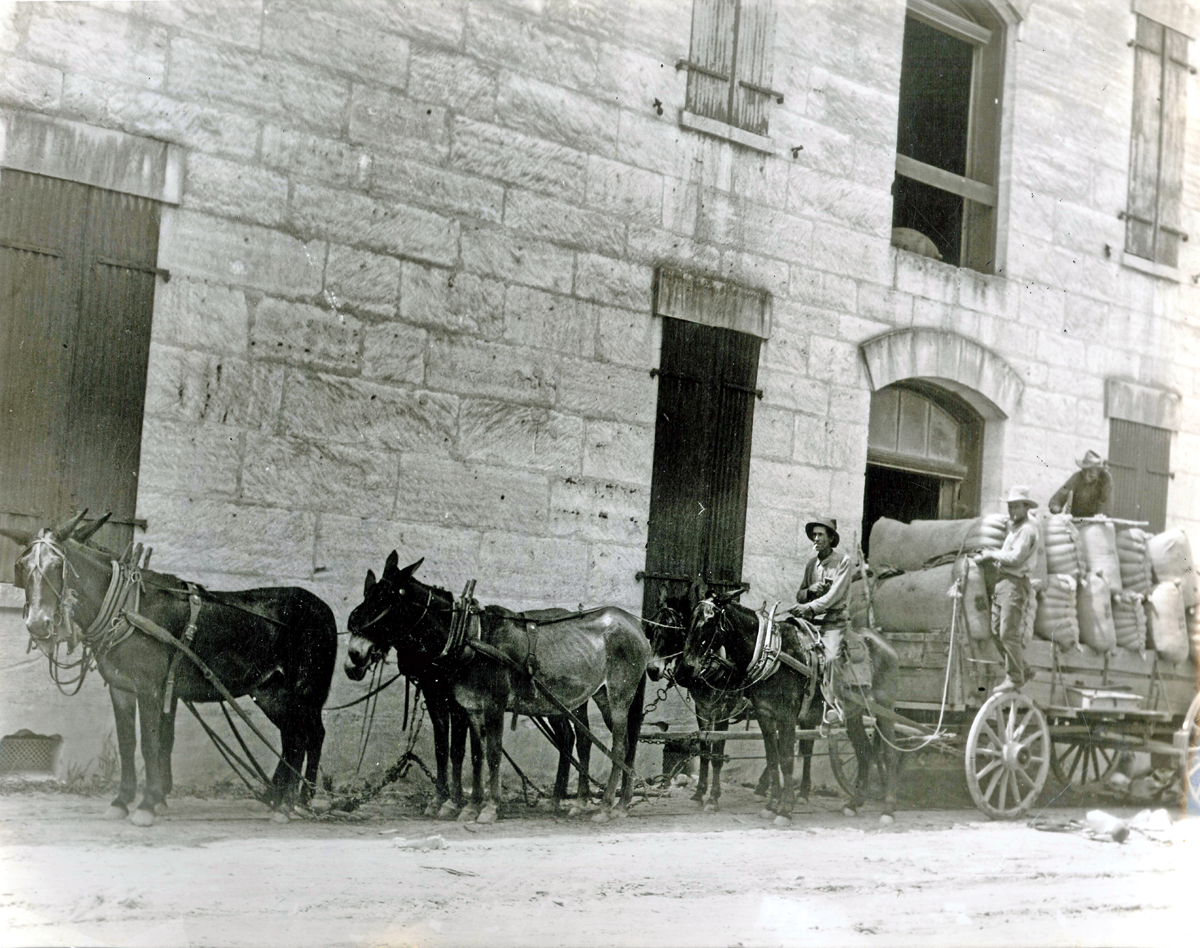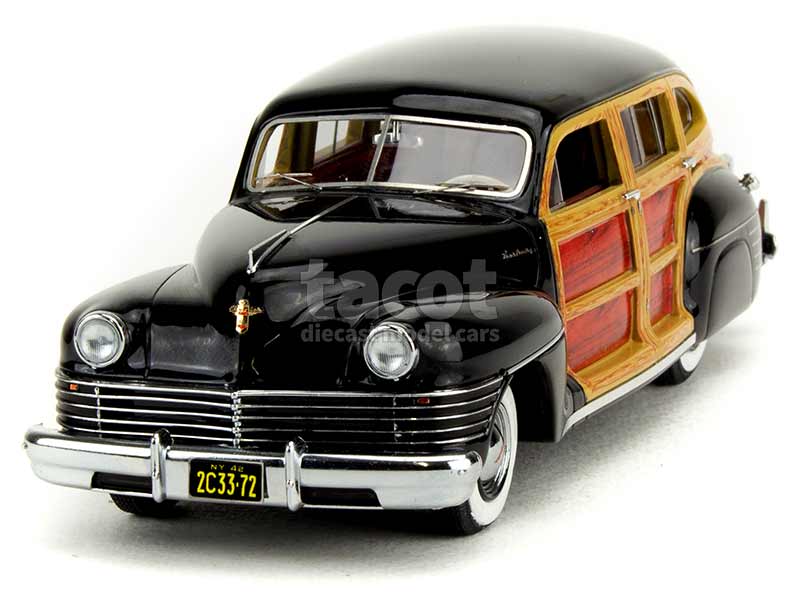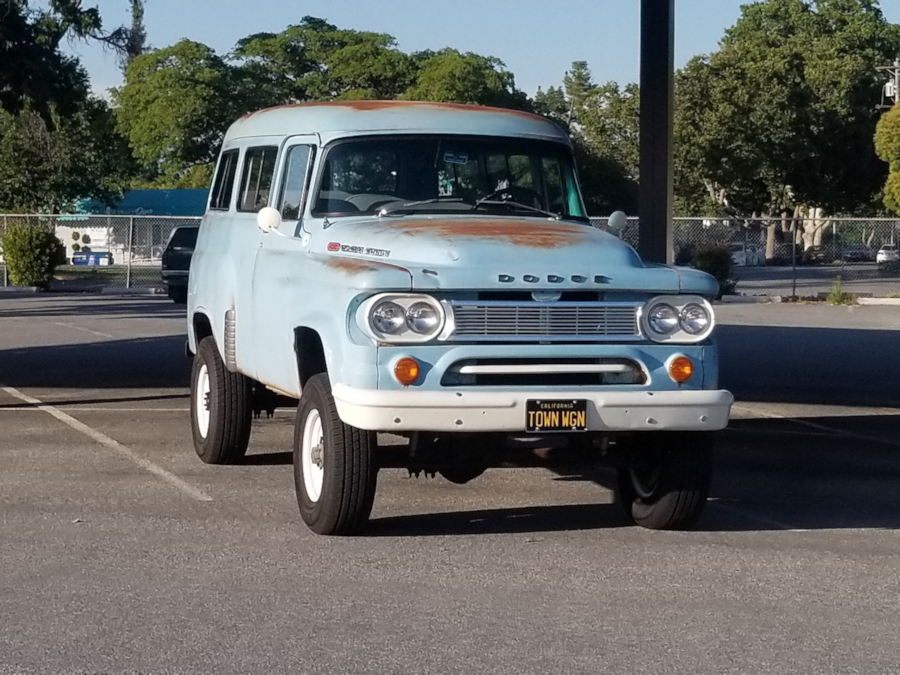

If items are moving the wrong at a Chute intersection, try deleting it and using R to rotate the Chutes in the desired travel direction. Note: you can use the Move Tool (M) to remove any stuck items on a Chute.

Any item you place there is usable when placing a new Building or purchasing an upgrade. Note: Besides earning more coins, higher-tier goods will also maintain Happiness for longer.īarns are special shared storage structures. Bring the Flour to the Food Market to sell it.Bring enough Grain to the Grain Mill to produce Flour.Now, you can produce Flour and sell it at the market for a lot of coins. Grain Mills turn Grain into Flour, which can be sold for a higher price and is an ingredient in other goods. Bring some Grain to the Food Market and wait for a House to purchase it.Houses will automatically purchase the items they need most from nearby Markets. Place the Market near your houses so it can automatically supply them.It's much more efficient and convenient then delivering goods to individual Houses. Note: If you do not have enough happiness, build more Houses and supply them with food.įood Markets can be loaded with items, and then nearby Houses will automatically buy from them.
FACTORY TOWN WAGON WONT GO INTO WAREHOUSE UPGRADE

Houses can be upgraded to increase the Population Limit. Left-Click on the Plank and drag the icon to your Base.Hover over the Lumber Mill to display its inventory.Left-Click on a Tree and drag the cursor to your Lumber Millīring the Plank from the Lumber Mill to your Base to add it to your inventory.Production Buildings often have multiple recipes, and you can choose which ones are active.īring enough Wood to your Lumber Mill to craft a Plank. If you have already reached the Population Limit, build more Houses, or delete existing workers. Note: Production Buildings require spare Population Capacity. Lumber Mills turn wood into Planks, which you will need for many Buildings and upgrades. Click or Drag to draw Paths on worker routes.Left-Click on Grain, then drag and drop onto a House to target delivery there.This will also generate Happiness, which boosts speed of production Buildings. You will need lots of Workers to harvest and deliver goods from one Building to another.Įarn coins by supplying Houses with goods. Note: it is very helpful to place your first Houses near sources of food like grain. Houses increase your population limit, allowing you to create more workers and Buildings. The worker will chop wood from the tree, bring it back to the nearest Building, and repeat.To build and expand your town, you will need to collect lots of resources. Then unlock advanced magic-powered technology to achieve extreme optimization! Unlike barns and similar buildings, items in Train Stations are not part of the shared inventory and will not be available for building and upgrade purposes.Ī simple example of a train on rails with two rail transfers, one to deposit items and one to withdraw items.At the start of each map you only have a few workers - but as you build houses, upgrade your base and complete Research, you'll soon have a fully automated network of conveyor belts and Rail lines. Train stations have 8 slots with a maximum capacity of 200 each, for a total capacity of 1600. Locomotives must be on an adjacent rail marked with a rail stop for this transfer to occur. As the name might imply, the train station is intended to be used by trains: while locomotives can normally transfer items to and from buildings at a rate of 10 per tick, they can instead transfer items to and from train stations at one car per tick (up to 100 items per tick for hopper and fluid cars). The train station is a building you can place in the game.


 0 kommentar(er)
0 kommentar(er)
